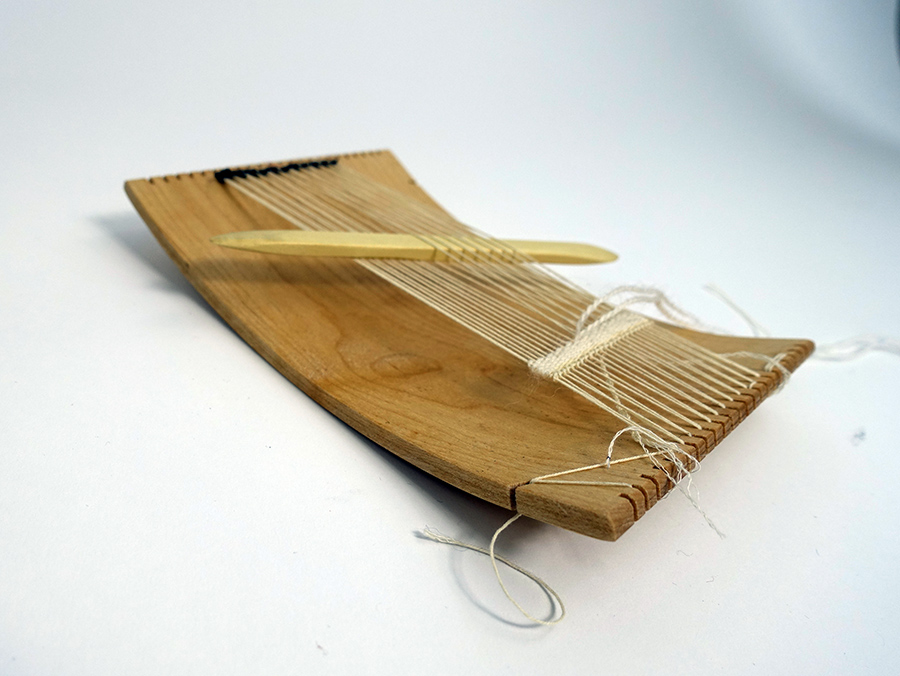I’ve written a lot about tapestry looms over the years. I’ve linked to some of those posts below. I get a lot of questions from new weavers about looms and which one might be the best for them. I’d like to summarize some of the things to look for in a tapestry loom. After that, the posts below will lead you to more information about the loom you’re interested in.
I have started categorizing tapestry looms this way.
Untensioned frame looms: these are generally small looms that do not have a tensioning device. Examples are the Schacht Easel Weaver and the Handywoman Loom.
Tensioned frame looms: These are looms that could be larger than the untensioned frame looms that have a tensioning device. Examples are the Mirrix and the Glimakra Freja loom.
Beamed looms: These are looms that have two beams to hold the warp and the woven cloth. Examples are the Harrisville Rug Loom and the Tissart tapestry loom.







